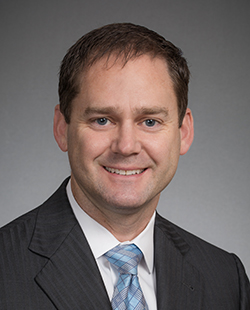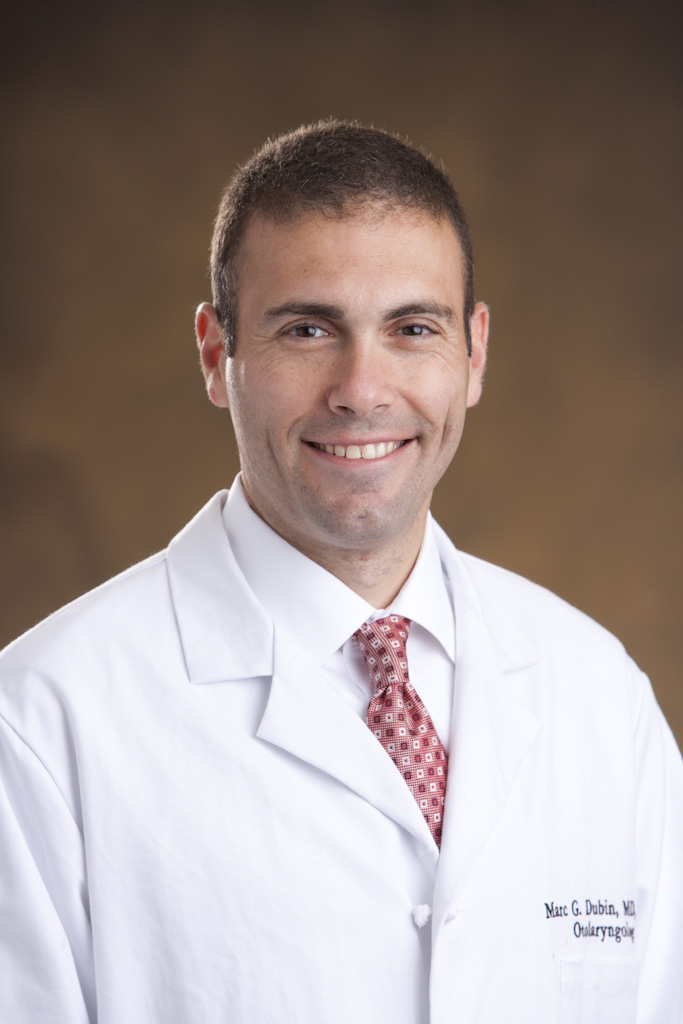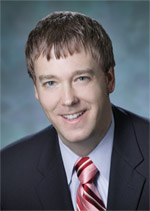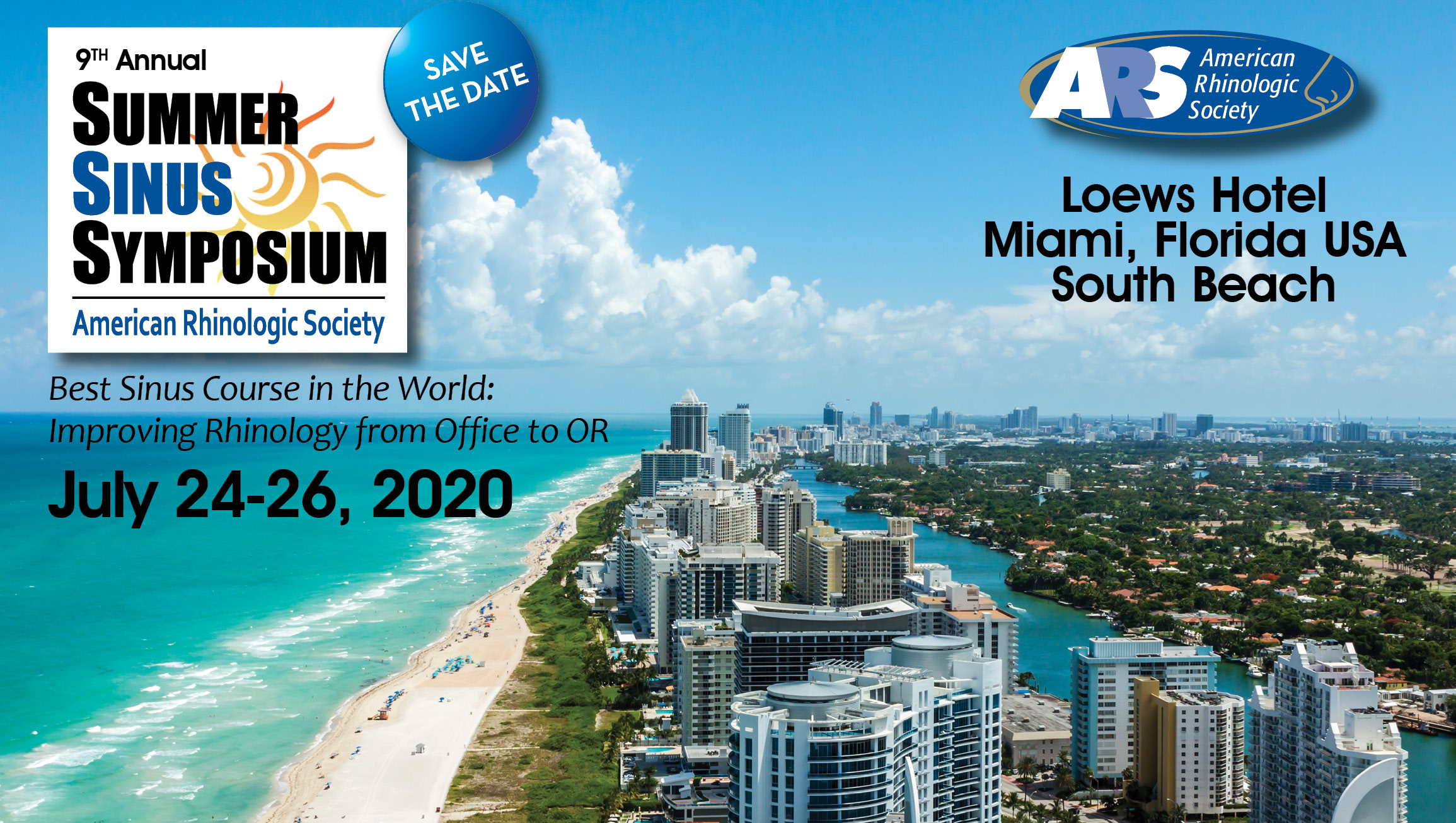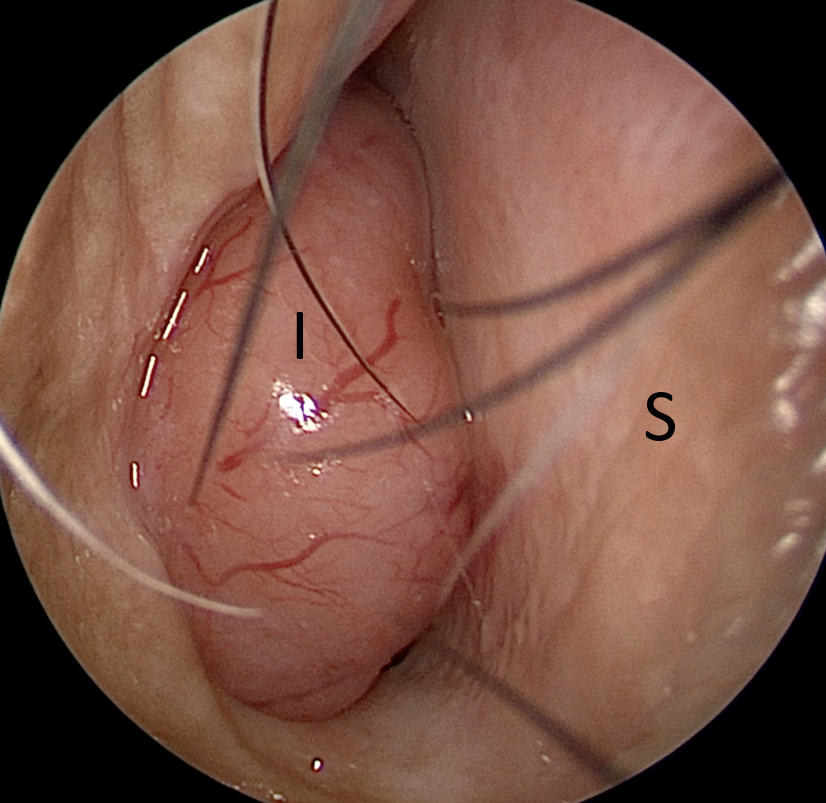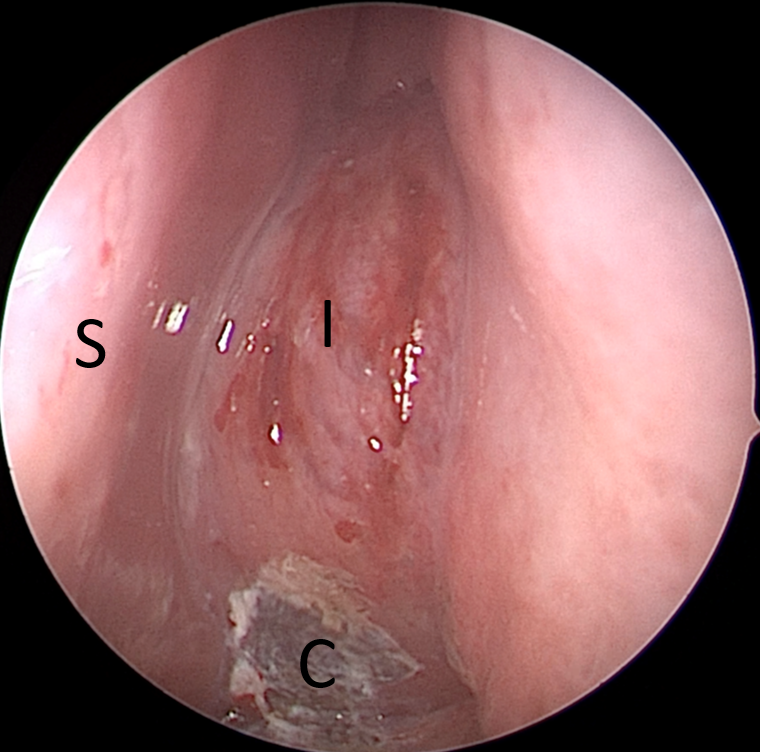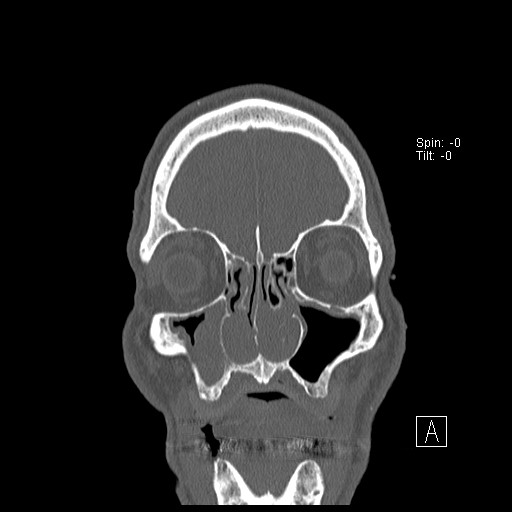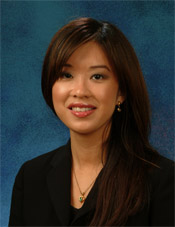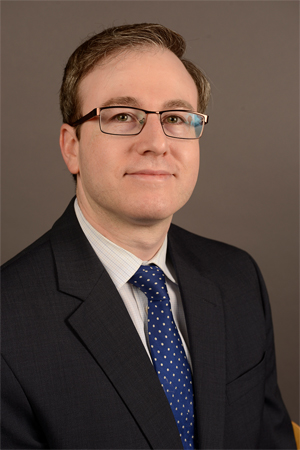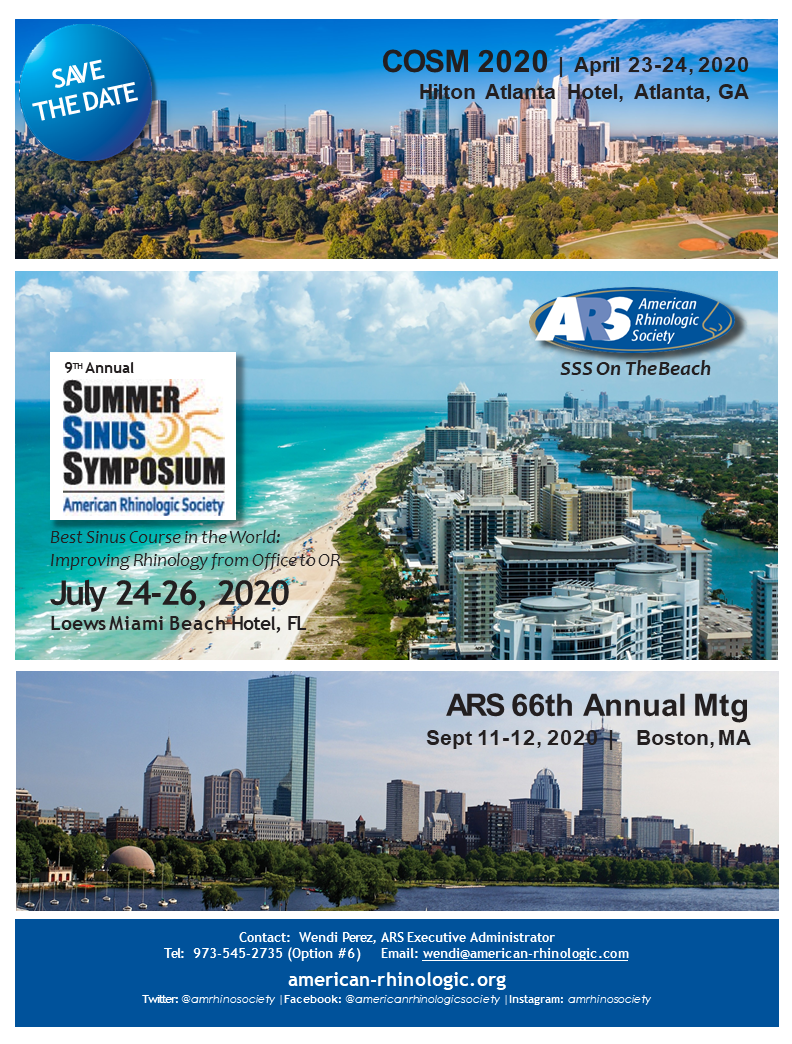- About Us
- Membership
- Practice
- Education
- Research
- Meetings
- RTC
- Journal
- Newsletter
 September 2019In This Issue:
President's ReportJames Palmer, MD, FARS
A gargantuan thank-you is due to Dr. Robert Kern and the entire program committee, who have worked extremely hard to organize the many facets of this meeting, and we hope that it exceeds your expectations. Coming on the heels of RhinoWorld Chicago, I am excited to see how that meeting can act as a springboard for our community, as we continue to advance the science and clinical care of Rhinology. The ARS has been committed to diagnosing and treating nasal and sinus disorders for over 60 years, and the society’s goals include teaching, research and socioeconomic support for its membership. It has been my great pleasure to serve as your President over the past year, and it has been a wonderful and exciting experience, full of friendship and camaraderie. I am certain our organization is destined to do even more great things, and I thank you for the chance to serve as a steward of such a wonderful organization! President-Elect and Program Chair’s ReportRobert C. Kern MD, FARS
The Program Committee has reviewed over 200 abstract submissions for the meeting and we are very excited to share with you the very best of these competitive scientific presentations. I owe the Program Committee a huge debt of gratitude for their tireless work for RhinoWorld, and the success of the meeting was in large measure due to their effort to ensure the finest possible meeting content. Please join with me in thanking them for the fine work done on our behalf when you see them at the meeting. These Scientific Sessions will begin Friday afternoon with a combined ARS-AAOA panel entitled "What is 'Appropriate' in CRS diagnosis and treatment?" The always entertaining film FESStival will take place Friday evening before our Poster Session Reception. I encourage you to join with your colleagues on Friday night to view these posters and meet their authors during an evening reception – we have gone “all-out” to make sure the reception will be memorable! Saturday will be a mix of panel presentations and oral abstract presentations arrayed around the themes of Basic Science in Rhinology, Sinus and Skull Base Tumors, Clinical CRS and Rhinologic Medley. One of the highlights for our Fall meeting is the annual Kennedy Lecture. Now in its 15th year, the Kennedy Lectureship has brought us the perspectives of many leaders in the field of rhinology. Robert P. Schleimer, Ph.D., FARS is the Kennedy Lecturer for 2019 and will be addressing basic science findings in the pathophysiology of CRS research. Many of the specifics of the Fall meeting are still a work in progress since we are just on the heels of RhinoWorld. Nevertheless I am confident that this year’s Meeting will provide all otolaryngologists interested in the field of Rhinology and Skull Base Surgery valuable content that will enhance our knowledge and will impact the care of our patients. If you happen to not be a member of the ARS, please join us to gain all of the advantages afforded to our members! It is an honor and a pleasure to serve the members of the ARS as Program Chair and I look forward to seeing you at our meeting here in New Orleans! 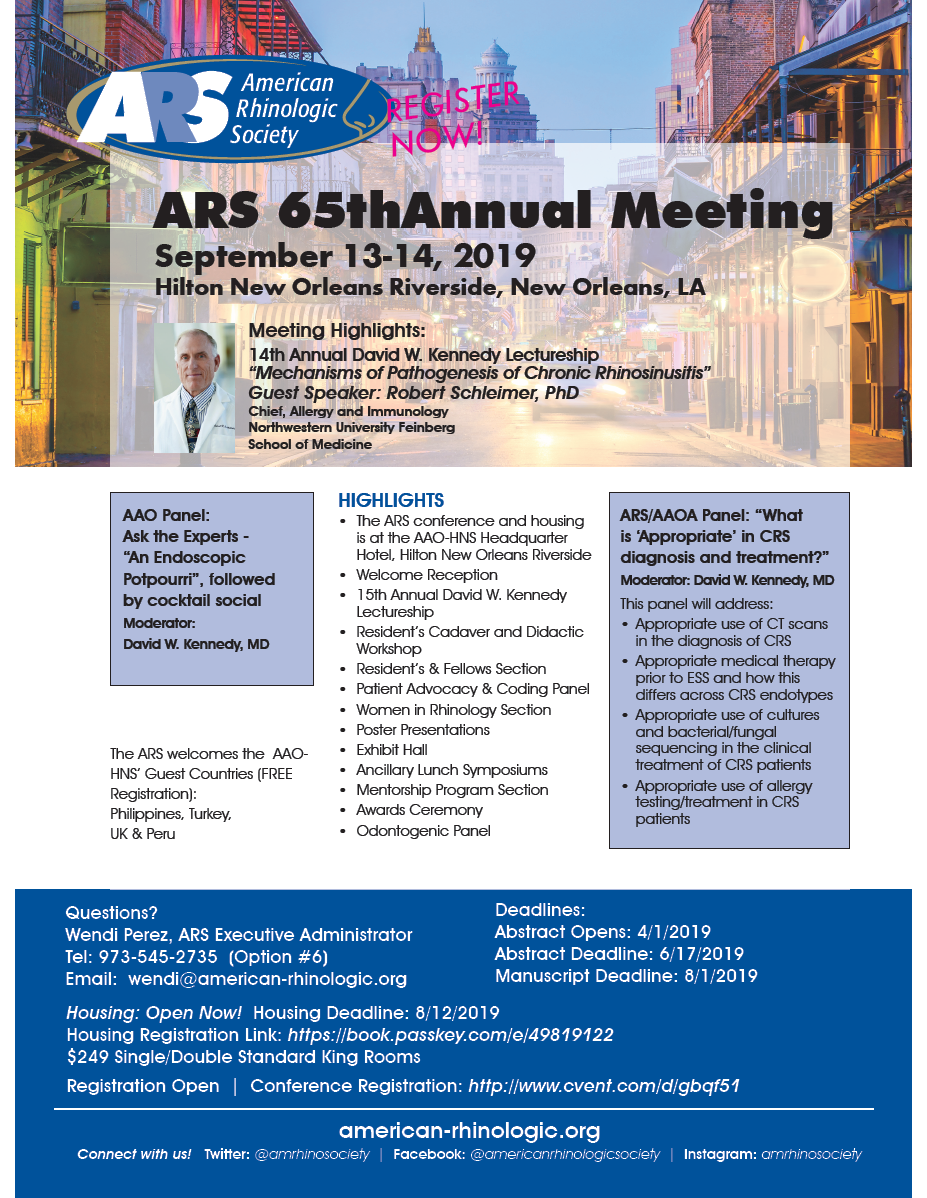 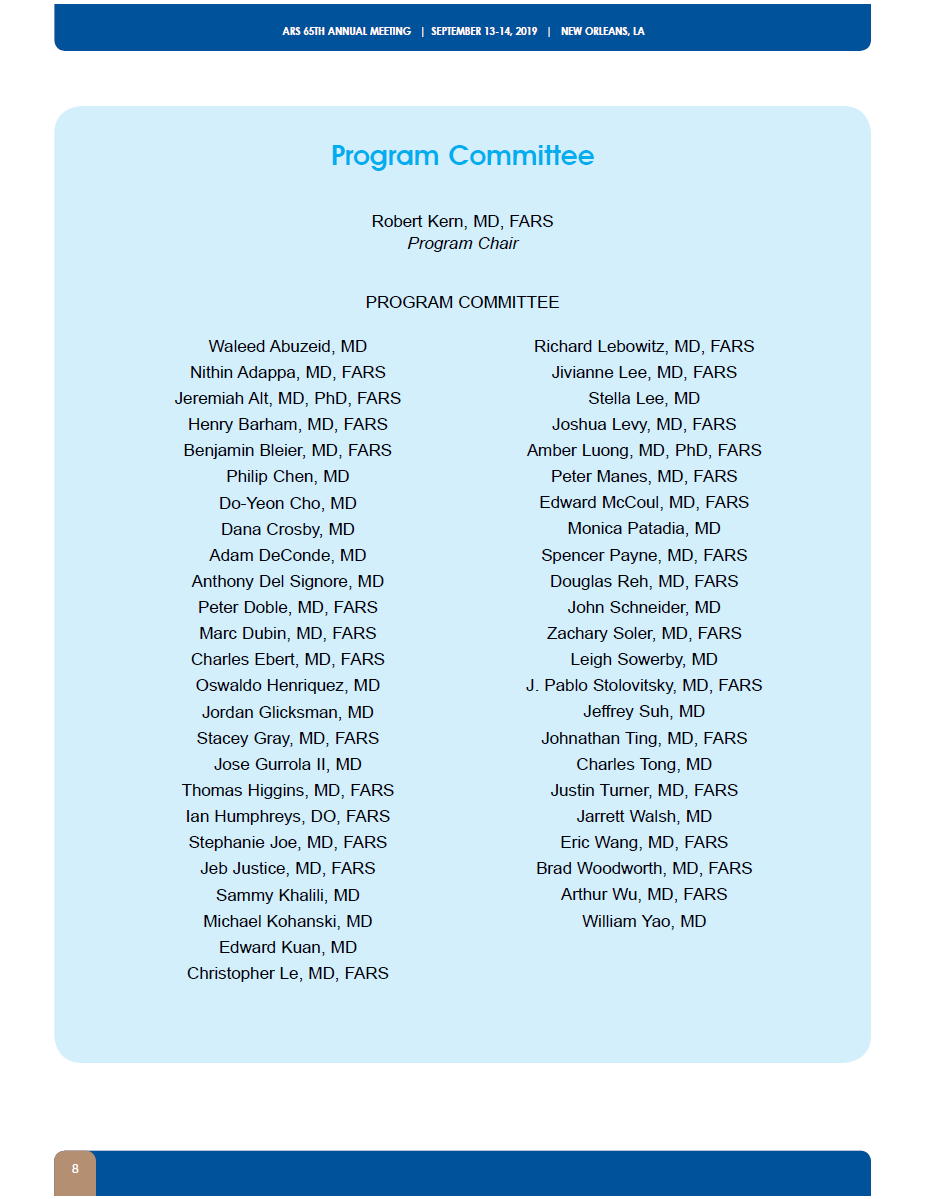
RhinoWorld Review and Thank You!Robert C. Kern MD, FARS
It is impossible to thank everyone in just a few words but I will try. The Summer Sinus Sessions, organized by Greg Davis, MD, FARS, Doug Reh, MD, FARS, and Marc Dubin, MD, FARS, got us off to a terrific start. Sarah Wise, MD, FARS, Christine Franchese and Kevin McMains crafted the new Allergy and Immunology program. Regan Thomas graciously organized the Rhinoplasty sessions. Dave Gudis, MD, Hassan Ramadan, MD, and Aaron Pearlman, MD put together the Pediatric Rhinology portion of the program. Jivianne Lee, MD, FARS and the Women in Rhinology Section of the ARS helped raise money for the meeting, co-sponsoring a breakfast and a cocktail reception. And then there’s the Program Committee including Dave Conley, MD, FARS, and Rick Chandra, MD, FARS, who will be serving again for our Fall AAO Program. Many ARS members volunteered their time to serve as faculty and, of course, many international rhinologists were willing to travel to Chicago and present their work. Wendi, Susan, Tammy from the ARS and Polly and her staff from “Meeting Achievements” worked tirelessly before, during, and after the meeting. Without question however, the MVP of the entire show really was Kevin Welch, MD, FARS whose organizational skills are unparalleled. Lastly, I would like to thank our industry partners, without whose support educational meetings such as this would be impossible. I apologize in advance to the many contributors that I did not have space to mention but thank you all and we will see you in New Orleans! Summer Sinus Symposium Update
The American Rhinologic Society’s 9th Annual Summer Sinus Symposium (SSS) is coming to South Beach, Miami, Florida July 24-26, 2020. The “Best Sinus Course in the World” will take place at the newly renovated Loews Hotel, directly on the beach. This dynamic course is intended for both the general otolaryngologist as well as sub-specialists in rhinology and endoscopic skull base surgery. If you have not attended the SSS before, it is like no other ARS course. The course is thoughtfully designed to make your practice better, immediately. Leaders in our field, both academic and private practice, will moderate interactive panels to tackle the greatest challenges in rhinology. You will learn about the newest equipment, surgical techniques, medications, and devices to improve the care for your patients. There will be an emphasis on in-office procedures, surgical coding, social media optimization, management of inflammatory sinus disease, and the newest techniques in skull base surgery. There will also be numerous opportunities for free lab dissections provided by many of our corporate sponsors. This is an excellent way to gain exposure to new instruments and equipment while honing your sinus surgical skills. Want to learn how to do a new procedure? Just ask! As with prior SSS courses, there will be an incredible Signature Event to socialize with our colleagues. Think: sandals, sand, and music! Save the dates on your calendar now. Registration will open later this year. We hope to see you then.
Case of the QuarterReilly A. Sample, BA, BSA; Ashleigh A. Halderman, MDCase DescriptionA 72-year-old man with a history of chronic rhinosinusitis presented with complaints of progressively worsening bilateral nasal congestion for 3 months and 2 weeks of left-sided epistaxis. He had previously been treated with oral steroids and experienced temporary relief. Anterior rhinoscopy revealed bilateral enlargement of the inferior turbinates completely occluding the nasal passage on the right (Figure 1) and filling the nasal passage on the left (Figure 2). Increased vascularity was noted and an area of active bleeding was observed on the left, which was cauterized with silver nitrate. Computed tomography (CT) revealed bilateral nasal cavity and inferior turbinate involvement with a soft tissue infiltrate with partial opacification of the right maxillary and anterior ethmoid sinuses (Figure 3). The patient underwent surgical debulking of the inferior turbinates for biopsy and alleviation of symptoms. Diagnosis of diffuse large B-cell lymphoma was made on histology. PET imaging confirmed the disease to be limited to the bilateral inferior turbinates/nasal cavity with a focus in the right maxillary sinus. The patient was initiated on chemotherapy with plans for involved site radiation treatment.
Sinonasal Diffuse Large B-Cell LymphomaSinonasal lymphomas are rare, representing between 1-1.5% of all lymphomas and due to a variety of factors, can present a diagnostic challenge for otolaryngologists.1,2 In Western countries, the most common subtype of lymphoma involving the sinonasal passages is diffuse large b-cell lymphoma (DLBCL).1,3-5 The average age at diagnosis of sinonasal DLBCL (SNDLBCL) is 63-67.9 years and the disease shows a slight male predominance with the male:female ratio around 1.2:1.1-4, 6-8 Symptoms of SNDLBCL are often nonspecific and frequently mimic those of benign inflammatory diseases such as rhinitis or rhinosinusitis including nasal obstruction, rhinorrhea, bloody discharge/epistaxis, and facial pain.1-6,8 Facial swelling and ocular disturbance or visual symptoms secondary to orbital involvement are also seen in some patients on presentation, and unlike the aforementioned symptoms, are less likely to be attributed to a benign inflammatory process and therefore prompt a more in-depth initial work up.1-6,8 Unilateral presentation is more common than bilateral with series reporting bilateral involvement in only 3-33% of patients.5,8 Classic B-type symptoms associated with lymphoma such as fever, weight loss and night sweats are present in 9-22% of cases.3,5,7 CT findings include diffuse infiltration along the nasal cavity, sinus opacification, bony erosion, extranasal soft tissue infiltration, discrete mass, or orbital involvement.2,5,9 SNDLBCL on magnetic resonance imaging appears isointense to muscle on T1, moderate-high intensity on T2, and variable enhancement.9 SNDLBCL most frequently involves the maxillary sinus (36-37%) followed by the nasal cavity (34%).4,6 Multiple sites are involved around 4.3% of the time.6 As mentioned previously, sinonasal lymphomas often present a diagnostic challenge to otolaryngologists due to the overlap in symptoms and radiographic findings with more common diseases such as rhinitis or rhinosinusitis. Prior studies have demonstrated the tendency for initial impressions and treatment of these patients to be consistent with benign inflammatory disease. In one series, 37.5% of patients were initially diagnosed with rhinitis or rhinosinusitis and were treated with medical therapy first.8 Ultimately, these patients failed medical management and were taken to the operating room where the diagnosis was obtained.8 Another study found patients had an average of 2.5 medical interventions for rhinitis or rhinosinusitis prior to diagnosis of SNDLBCL. The above factors translate to a delay in diagnosis of up to 6-10 months after symptoms initially began.1,5,8 The delay in diagnosis becomes more prolonged when the disease is bilateral as in general, bilateral or symmetric involvement of the sinonasal cavities typically raises less concern for a malignant process as compared to unilateral disease.1 SummarySNDLBCL presents a diagnostic challenge, especially with bilateral involvement. Atypical clinical exam findings such as in this case or failed response to medical treatment of rhinitis/rhinosinusitis should prompt histologic analysis of tissue. References1. Kiessling SY, Soyka MB, Huber GF, et al. Delayed diagnosis of sinonasal lymphoma due to bilateral manifestation. Eur Arch Otorhinolaryngol. 2017; 274:823-827. Women in Rhinology Section UpdateJivianne T. Lee, MD, FARS
The Women in Rhinology (WiR) events at RhinoWorld 2019, which included a cocktail reception honoring Valerie Lund, MD and an interactive lecture entitled “Fearless Leadership – 9 Hacks to Playing Big”, were well attended and well received. Thank you to all who came out to support the WiR! At the upcoming American Rhinologic Society (ARS) Fall Meeting in New Orleans, the WiR, Mentorship Committee, and Residents & Fellows Committee will be hosting a lunchtime lecture by Maisie Shindo, MD on Sunday September 15th at 12pm. Dr. Shindo is a Professor of Otolaryngology - Head and Neck Surgery and Director of the Thyroid and Parathyroid program at Oregon Health and Science University. Her topic will be “Coaching Resiliency in Residents and Preventing Physician Burnout.” The WiR will also be co-sponsoring the cocktail reception as well as holding a general business meeting for all members to discuss current and future initiatives and goals. Place and time for the general business meeting are to be determined, and all are welcome! Some current WiR initiatives include a research grant to be announced within the next year, and a speakers bureau list to promote female representation on panels and as guest lecturers. If you would like to be added to the list, please email [email protected] with your areas of interest and expertise. To keep up-to-date on WiR events and initiatives, please follow us on Twitter (@women_rhinology) and IG (women_in_rhinology). Jivianne T. Lee, MD, FARS - Chair: [email protected] Research and Grants Committee UpdateBenjamin S. Bleier, MD, FARS
One of the core missions of the American Rhinologic Society (ARS) is to promote research and advance the science of rhinology. Over the past several years, the society has demonstrated a commitment to this mission through increases in funding of the two annual resident research grants, and through the introduction of a new ARS Friends in Research Award. These efforts have paid dividends by facilitating the recruitment of young talented researchers into the field. Furthermore, these funds have fostered a continual improvement in the quality of research presented at society meetings and/or published in the journal. Under the guidance of the current president Dr. James Palmer, the ARS has redoubled its efforts in this regard through the establishment of a new grant mechanism called the ARS Consortium Award. Over three years, $150,000, will be allotted under this award with intention to fund a collaborative group of researchers who will utilize their combined talents to address a fundamental knowledge gap in rhinology. Letters of intent for this award will be accepted through the AAO-HNSF CORE starting December 2019. In addition to this award, the ARS will introduce a new mentorship program to help members to learn the fundamentals of grantsmanship and workshop unfunded grants to increase the chances of future success. We are experiencing a unique period in the history of rhinology research where we are learning ever more about the pathophysiology of chronic rhinosinusitis, introducing novel therapeutics into the field, and have more ARS members funded by the NIH than at any other time in the past. Through these measures, the ARS is truly fulfilling its research mission and, in doing so, continuing to improve the quality of life of patients with rhinologic disease. ARS Information Technology UpdateSpencer Payne, MD FARS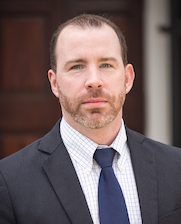
If you have been to the ARS website recently, you have likely noticed some major changes. This past year the ARS has completely overhauled our association management software and with it created a new website with updated aesthetics and functionality. Unlike our prior website which lacked scalability, our new system running on the Memberclicks backbone, is dynamic and completely mobile compliant. But that is not all, more changes are in store. Our new system will greatly facilitate renewing your ARS membership. Starting in October, automated emails will be generated providing the ability for members to access their profiles and select their payment options. The multi-year reduced fee will remain in effect; regular and Fellow members are encouraged to exercise this option. We are also putting the finishing touches on dynamically generated membership certificates which can be accessed through your member portal and utilized for reduced fee memberships with the European Rhinologic Society and other uses. The IT Committee has worked closely with the Education and CME committees as well to provide even greater offerings for member benefit. Members may have noticed that the prior “patient facing” portion of the website had disappeared during the changeover. This entire selection of patient educational material and office handouts has been overhauled by the Education committee and we are working diligently to add these repositories back in to the website, complementing access to prior online streams and webinars. Further, we have partnered with DocMatters to develop a CME platform for ARS members. The system will allow you to “catch up” on some of our greatest educational offerings and track your accumulated CME credits. New offerings are being added regularly so if you have not already checked it out you are missing something great! Our meeting registration software, abstract management system, and meeting app AttendeeHub have also been centralized with a separate third-party vendor. This has greatly facilitated our ability to integrate the scientific portion of the meeting into our registration system and push that content out to the attendees. Even newer changes are in store as we unveil and enhanced attendee Mobile App experience for this Annual Meeting. You are going to like what you see. But as in most cases, change can be hard. We are aware that certain members have not received our emails either through our MemberClicks, Cvent or ConstantContact communication systems. If you think you may have been missing something, please do not hesitate to reach out to me ([email protected]) or any member of the IT committee. Friends in Research CampaignThe 2019 Campaign is doing great and we thank the many members who have already contributed (see below). If you have not already donated, please consider making a donation today. With your support, we can continue to fund the studies that provide clinical insights valuable to the care of our patients. In the past, these efforts have helped to establish the ARS and its members as the leaders in rhinologic research. This work not only advances the care of our patients through scientific innovation, but also generates important data establishing the efficacy and cost effectiveness of our care. In the current financial landscape, this is equally important to ensure that our patients have access to the treatment necessary to address their complaints. We thank you again for your help in this worthy endeavor! Click to donate now and join us in our 2019 year campaign! Donate Now!DIAMOND ($2500)Thomas Davis, MD PLATINUM ($1000)Pete Batra, MD, FARS GOLD ($500)Naveen Bhandarkar, MD, FARS SILVER ($250)Do-Yeon Cho, MD BRONZE ($100)Sanford Archer, MD, FARS FRIEND ($50)Abdullah Alsharif, MBBS *as of August 20, 2019
IFAR HighlightsWe are pleased to share with you that the new Impact Factor for the International Forum of Allergy & Rhinology has increased to 2.521; please find below the top cited articles contributing to this new Impact Factor. We are delighted with the contributions our publications have made to the field, and we continue to encourage you to read, submit, cite, and share content from our journal. Top cited articles contributing to the new Impact Factor
|

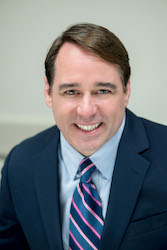 On behalf of the American Rhinologic Society (ARS), I am so pleased to invite all those interested in Rhinologic disease to our 65th annual meeting in New Orleans. We are so glad to be back to this city that is so full of zest and energy, and we hope that you will have a chance to “work out” your special senses of taste and smell in some of NOLA’s world famous restaurants!
On behalf of the American Rhinologic Society (ARS), I am so pleased to invite all those interested in Rhinologic disease to our 65th annual meeting in New Orleans. We are so glad to be back to this city that is so full of zest and energy, and we hope that you will have a chance to “work out” your special senses of taste and smell in some of NOLA’s world famous restaurants!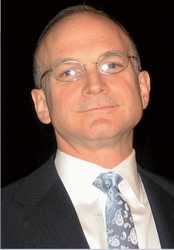 I hope to welcome you to New Orleans for the 65th Annual American Rhinologic Society (ARS) Meeting. As your President-Elect, I’m honored to serve as the Program Chair for this 2019 meeting.
I hope to welcome you to New Orleans for the 65th Annual American Rhinologic Society (ARS) Meeting. As your President-Elect, I’m honored to serve as the Program Chair for this 2019 meeting.